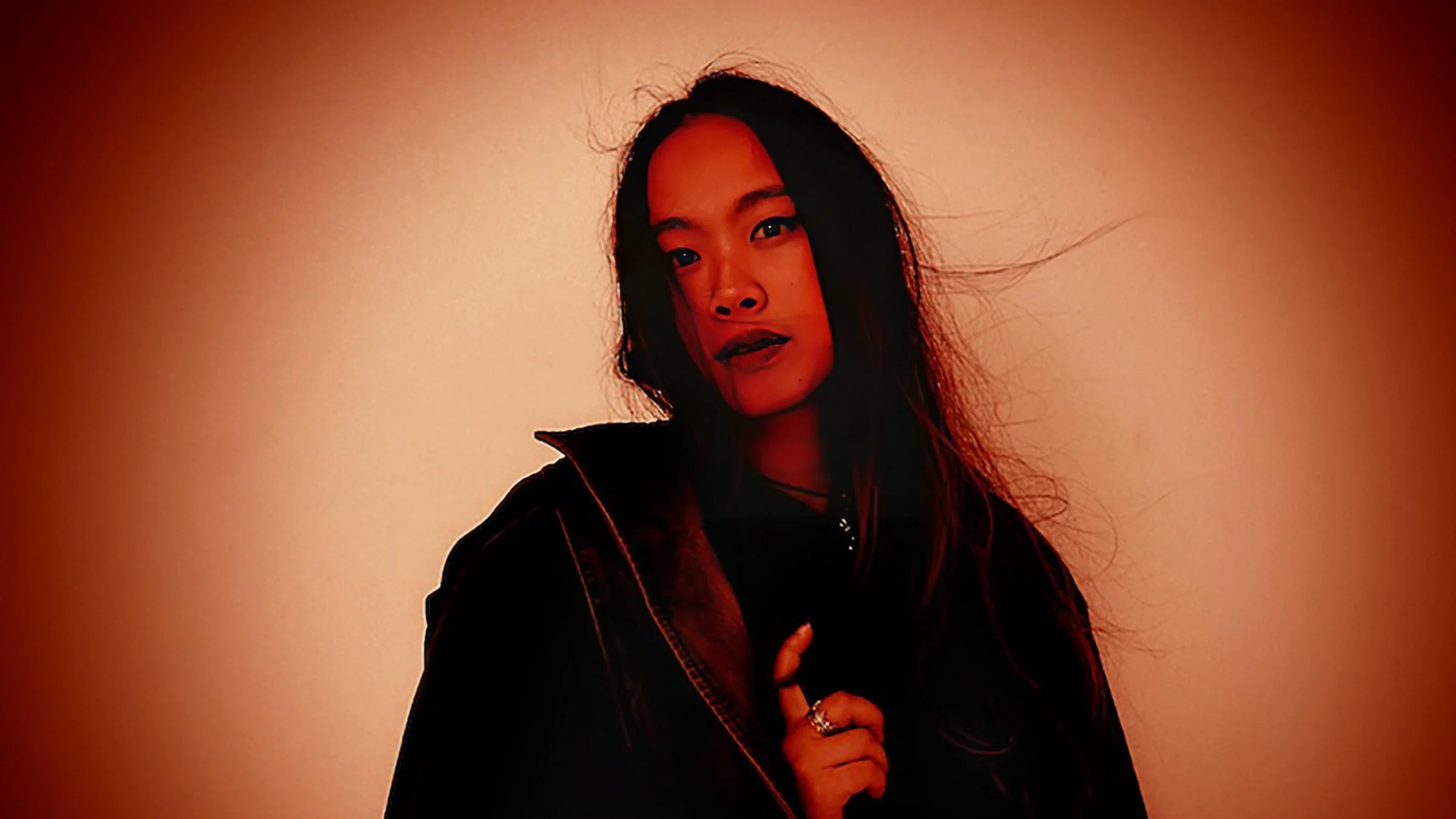Can artists still build something together?
There was a time when electronica didn’t arrive via algorithm. In the 1990s, especially across the UK and Europe, electronic music lived in a self-contained ecosystem. DIY labels, record shops, pirate radio, fax-zines, and obscure distributors formed a galaxy that artists often ran themselves. It was chaotic, imperfect, and sometimes barely held together by budget or bandwidth — but it worked because it was built on trust. Community wasn’t a side effect; it was the infrastructure. Back then, majors only stepped in when something showed commercial promise. Until then, electronic music belonged to its makers.
Fast forward to now and you’ll hear constant talk of independence. Every artist is an entrepreneur, every release a solo enterprise. But if you scratch the surface of this hyper-individualism, what you’ll find isn’t self-confidence — it’s exhaustion. A generation raised on gig economy principles has internalised the idea that success must be solitary. But music was never meant to be a lone project. Which is why Neon Owl Records feels like a quiet rebellion.
Founded by siblings Elaine and Raymond Huang, Neon Owl isn’t trying to recreate the past, but it is consciously drawing from a time when starting a label meant building a world. Rooted in social awareness and an ethic of care, it marries aesthetic nostalgia with practical activism — supporting mental health initiatives, animal rescue, and creative access. And they’ve launched not with a celebrity cameo or viral gimmick, but with an artist who embodies their values: Hidden Axis.
Hidden Axis’s debut single, “Fallen Angel”, does more than open the catalogue. It introduces the label’s entire ethos — one of nurture, patience, and belief. Already involved in the label’s collaborative sessions, Hidden Axis is not a signing; she’s a co-conspirator. In choosing to debut with a lesser-known but fiercely committed artist, Neon Owl is reminding us that beginnings matter. That labels, at their best, don’t chase hype — they build futures.
And maybe that’s the point. In an age that confuses community with followers, and success with virality, returning to a model of mutual support feels radical. Neon Owl isn’t preaching against modernity — they’re pointing out what it forgot. That collectivity isn’t weakness, it’s a legacy. Hidden Axis is only the first step, but the direction is clear: forward, together.

